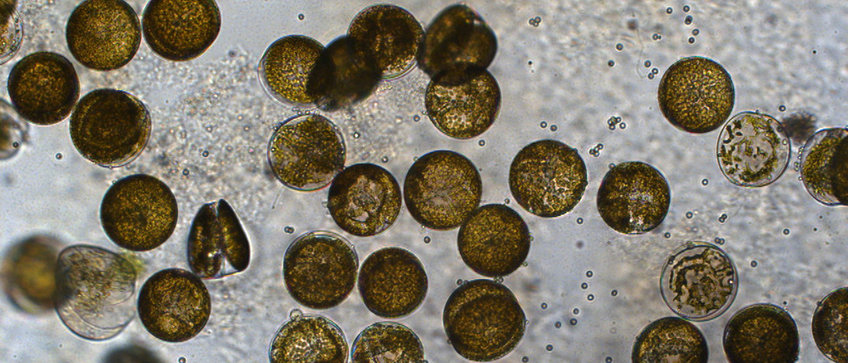
Publications of A. J. Heidel
All genres
Journal Article (5)
2010
Journal Article
Interaction between herbivore defense and microbial signaling: bacterial quorum-sensing compounds weaken JA-mediated herbivore resistance in Nicotiana attenuata. Chemoecology 20, pp. 149 - 154 (2010)
Journal Article
Population history in Arabidopsis halleri using multilocus analysis. Molecular Ecology 19, pp. 3364 - 3379 (2010)
2006
Journal Article
Natural variation in MAM within and between populations of Arabidopsis lyrata determines glucosinolate phenotype. Genetics 173 (3), pp. 1629 - 1636 (2006)
Journal Article
Fitness benefits of mutations affecting the systemic acquired resistance pathway in Arabidopsis thaliana. Genetics 173 (3), pp. 1621 - 1628 (2006)
2004
Journal Article
Microarray analysis of salicylic acid- and jasmonic acid-signalling in responses of Nicotiana attenuata to attack by insects from multiple feeding guilds. Plant, Cell and Environment 27 (11), pp. 1362 - 1373 (2004)